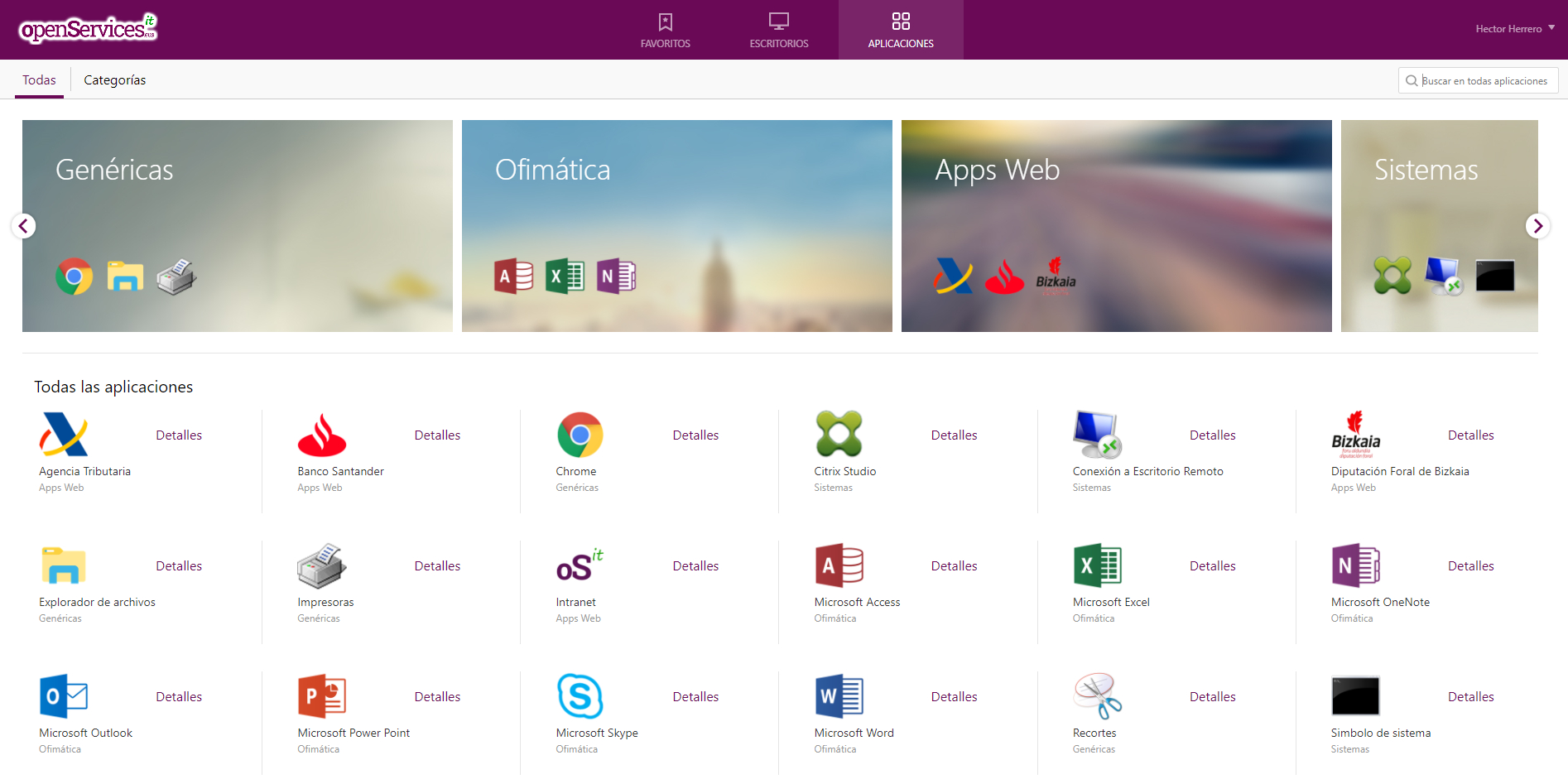Instalación automatizada de los prerequisitos de Exchange 2007 su Windows Server 2008
In questo documento, se explica cómo automatizar la instalación de uno o varios servidores Exchange 2007, básicamente los requisitos de la instalación. En este articulo del Technet http://technet.microsoft.com/en-us/library/bb691354.aspx muestra cómo crear unos script’s para instalar los prerrequisitos de Exchange 2007 y de Windows Server 2008 para instalar la función que nos interese de Exchange 2007 vía línea de comandos. Con esta web te puedes generar unos archivos de respuesta (unos XML) para instalar lo que se necesites.
Descripción de los archivos XML:
Exchange-Base.xml – Este XML instala los componentes comunes usados por la mayoría de los roles de Exchange 2007. Es recomendado reiniciar el servidor.
Exchange-MBX.xml – Instala los prerrequisitos del servidor con la función de buzón.
Exchange-CAS.xml – Instala el resto de prerrequisitos para la función de acceso de cliente.
Exchange-Edge.xml – Instala el resto de prerrequisitos para la función de transporte perimetral. Exchange-UM.xml – Instala los prerrequisitos para la función de mensajería unificada.
Exchange-ClusMBX.xml – Instala los requisitos para la función de buzón con clúster, además del clúster de alta disponibilidad.
El rol de Concentrador de transporte no necesita prerrequisitos, así que no necesita un XML específico a parte del Exchange-Base.xml.
Para ejecutar la instalación mediante archivos de respuesta se ejecutará de la siguiente forma: ServerManagerCmd -ip RUTA<Exchange-role>.XML
Contenido de los archivos XML:
Exchange-Base.xml
<!– ServerManagerCmd Answer File compatible with Windows Server 2008 –>
<!– Uso: ServerManagerCmd -ip Exchange-Base.xml –>
<ServerManagerConfiguration
Action=”Installare”
xmlns=”Protocollo HTTP://schemas.microsoft.com/sdm/Windows/ServerManager/Configuration/2007/1″>
<!– BASE: Install PowerShell feature –>
<Feature Id=”PowerShell”/>
<!– PREPARESCHEMA: Install LDIFDE and other directory tools –>
<Feature Id=”AGGIUNGE RSAT”/>
</ServerManagerConfiguration>
Exchange-CAS.xml
<!– ServerManagerCmd Answer File compatible with Windows Server 2008 –>
<!– Uso: ServerManagerCmd -ip Exchange-CAS.xml –>
<ServerManagerConfiguration
Action=”Installare”
xmlns=”Protocollo HTTP://schemas.microsoft.com/sdm/Windows/ServerManager/Configuration/2007/1″>
<!– Install the Web Server role with additional child components –>
<Role Id=”Server Web”/>
<RoleService Id=”Metabase Web”/>
<RoleService Id=”web-lgcy-mgmt-console”/>
<RoleService Id=”Web-ISAPI-Ext”/>
<!– Install the three authentication types for OWA, GZip compression, plus Outlook Anywhere support –>
<RoleService Id=”Autenticazione di base web”/>
<RoleService Id=”Autenticazione Web-Digest”/>
<RoleService Id=”Autenticazione Web-Windows”/>
<RoleService Id=”Compressione Web-Dyn”/>
<Feature Id=”RPC-su-HTTP-proxy”/>
</ServerManagerConfiguration>
Exchange-ClusMBX.xml
<!– ServerManagerCmd Answer File compatible with Windows Server 2008 –>
<!– Uso: ServerManagerCmd -ip Exchange-ClusMBX.xml –>
<ServerManagerConfiguration
Action=”Installare”
xmlns=”Protocollo HTTP://schemas.microsoft.com/sdm/Windows/ServerManager/Configuration/2007/1″>
<!– Install clustering support –>
<Feature Id=”Clustering di failover”/>
<!– Install the Web Server role with default child components –>
<Role Id=”Server Web”/>
<!– Install the optional IIS6 Metabase and console –>
<RoleService Id=”Metabase Web”/>
<RoleService Id=”web-lgcy-mgmt-console”/>
<RoleService Id=”Web-ISAPI-Ext”/>
<!– Install auth types for DAV support –>
<RoleService Id=”Autenticazione di base web”/>
<RoleService Id=”Autenticazione Web-Windows”/>
</ServerManagerConfiguration>
Exchange-Edge.xml
<!– ServerManagerCmd Answer File compatible with Windows Server 2008 –>
<!– Uso: ServerManagerCmd -ip Exchange-Edge.xml –>
<ServerManagerConfiguration
Action=”Installare”
xmlns=”Protocollo HTTP://schemas.microsoft.com/sdm/Windows/ServerManager/Configuration/2007/1″>
<!– Install AD Lightweight Directory Services (aka ADAM) –>
<Role Id=”ADLDS”/>
</ServerManagerConfiguration>
Exchange-MBX.xml
<!– ServerManagerCmd Answer File compatible with Windows Server 2008 –>
<!– Uso: ServerManagerCmd -ip Exchange-MBX.xml –>
<ServerManagerConfiguration
Action=”Installare”
xmlns=”Protocollo HTTP://schemas.microsoft.com/sdm/Windows/ServerManager/Configuration/2007/1″>
<!– Install the Web Server role with default child components –>
<Role Id=”Server Web”/>
<!– Install the optional IIS6 Metabase and console –>
<RoleService Id=”Metabase Web”/>
<RoleService Id=”web-lgcy-mgmt-console”/>
<RoleService Id=”Web-ISAPI-Ext”/>
<!– Install auth types for DAV support –>
<RoleService Id=”Autenticazione di base web”/>
<RoleService Id=”Autenticazione Web-Windows”/>
</ServerManagerConfiguration>
Exchange-UM.xml
<!– ServerManagerCmd Answer File compatible with Windows Server 2008 –>
<!– Uso: ServerManagerCmd -ip Exchange-UM.xml –>
<ServerManagerConfiguration
Action=”Installare”
xmlns=”Protocollo HTTP://schemas.microsoft.com/sdm/Windows/ServerManager/Configuration/2007/1″>
<!– Install the Windows Media Player components –>
<Feature Id=”Esperienza desktop”/>
</ServerManagerConfiguration>
Fuente: http://msexchangeteam.com/archive/2008/03/10/448407.aspx
Post consigliati
Il post non ha un'immagine in primo piano
Il post non ha un'immagine in primo piano
Il post non ha un'immagine in primo piano





































